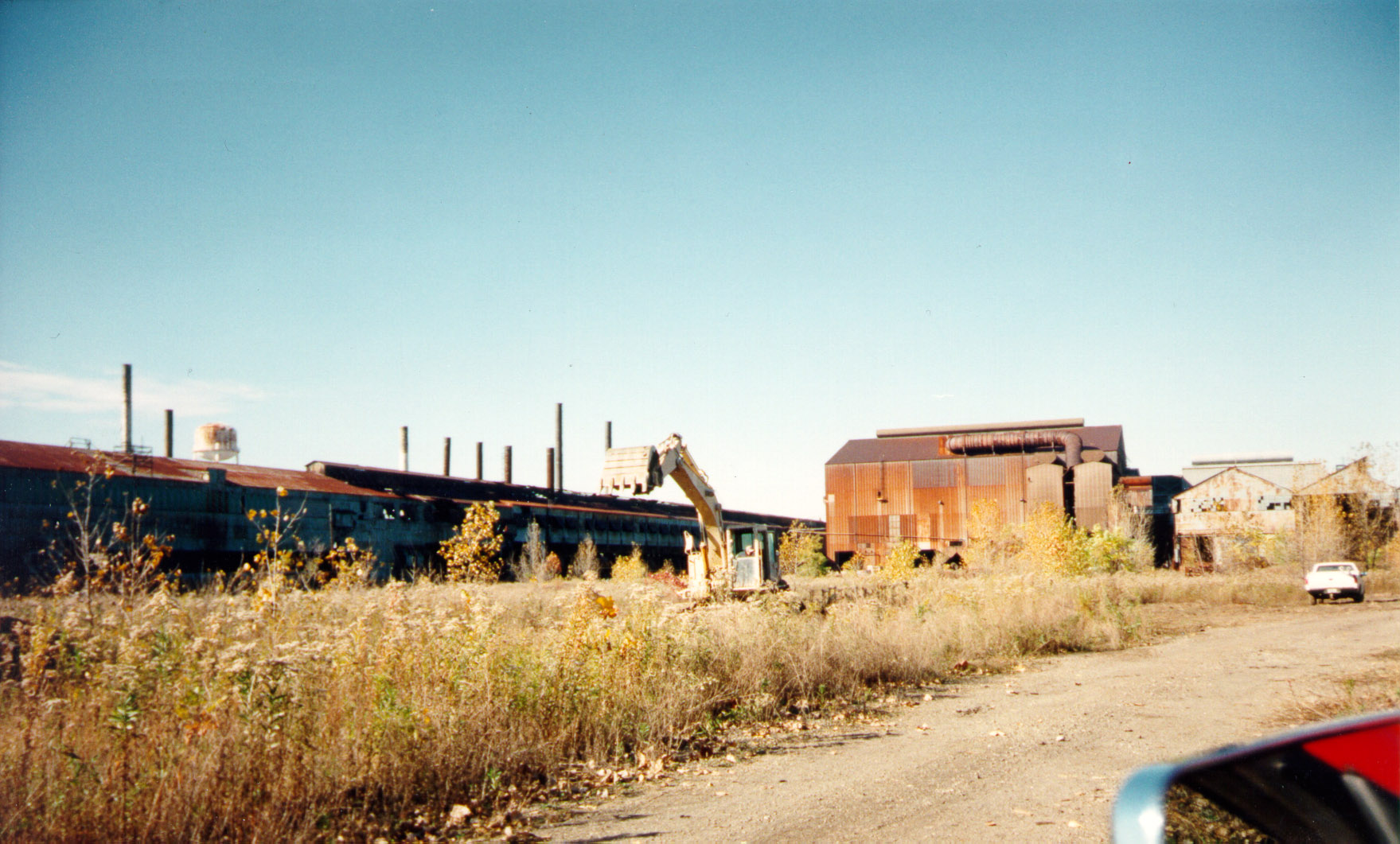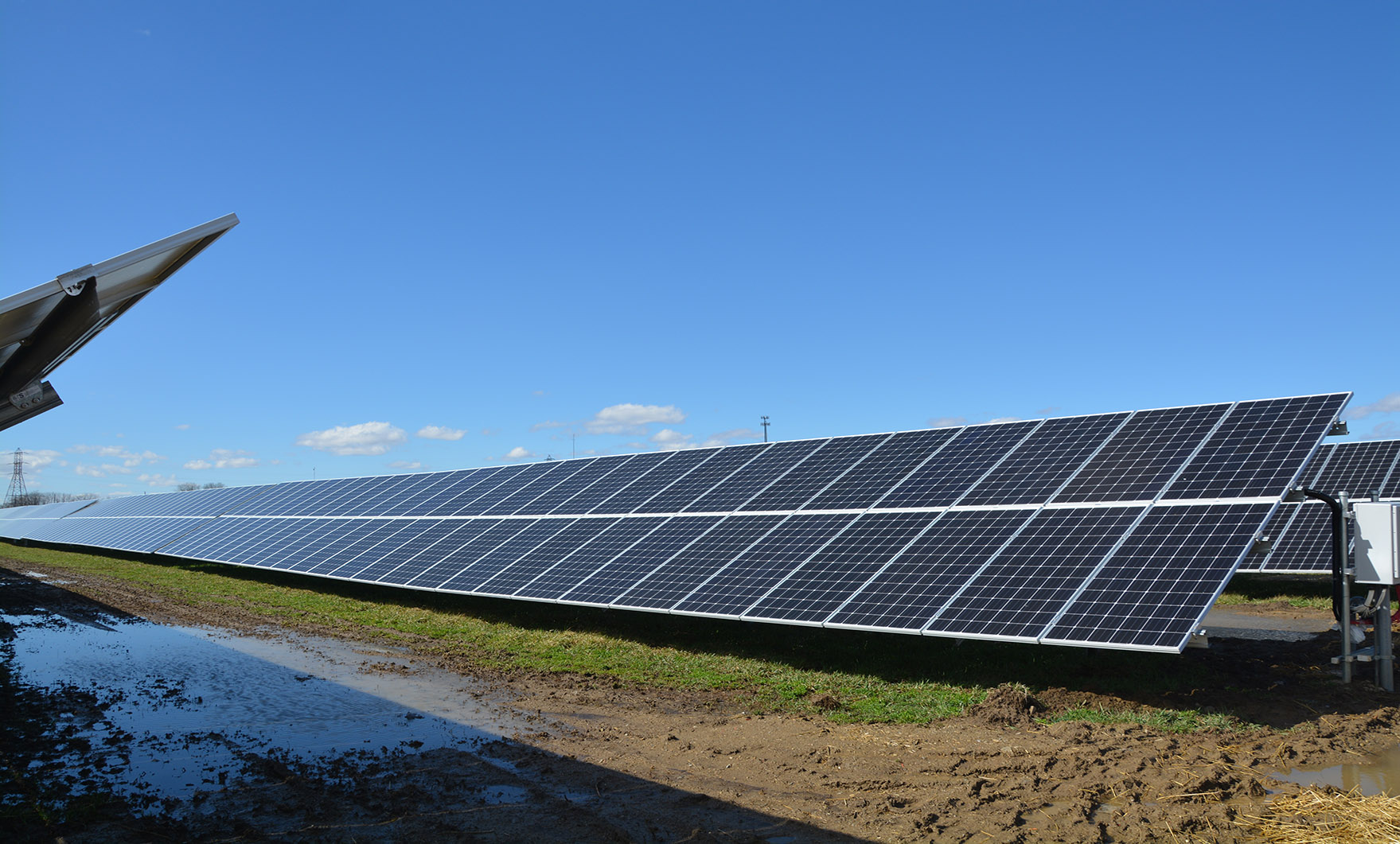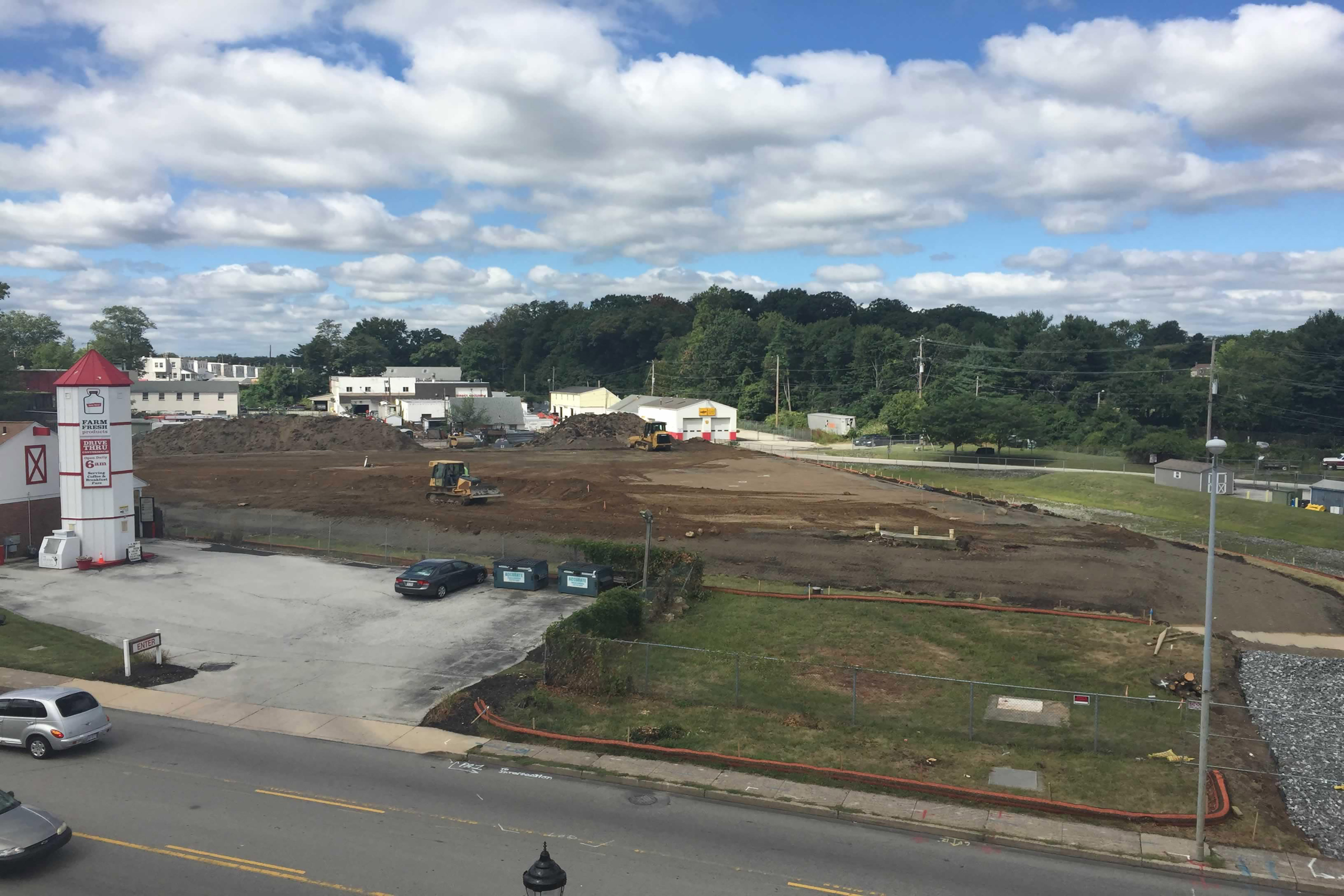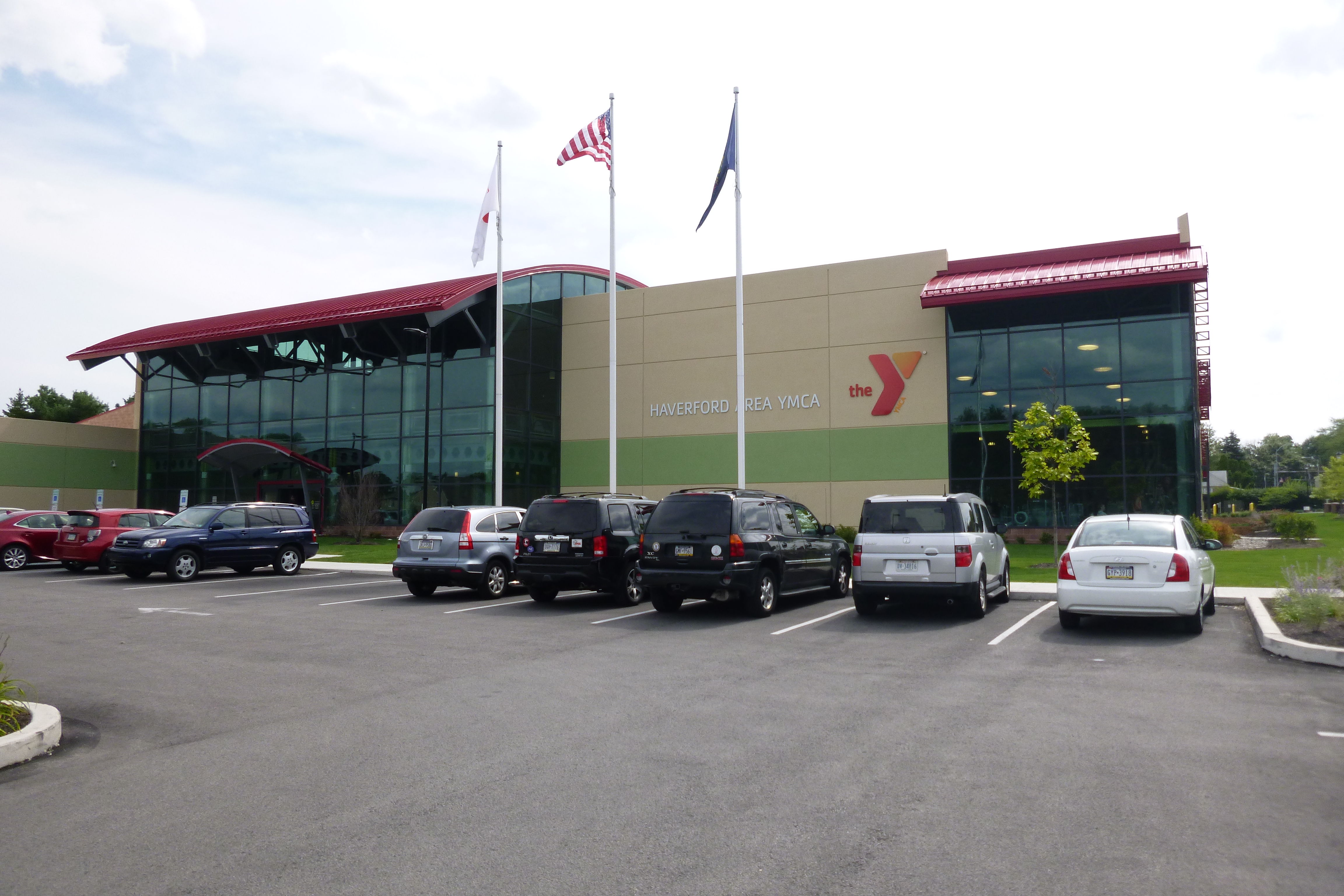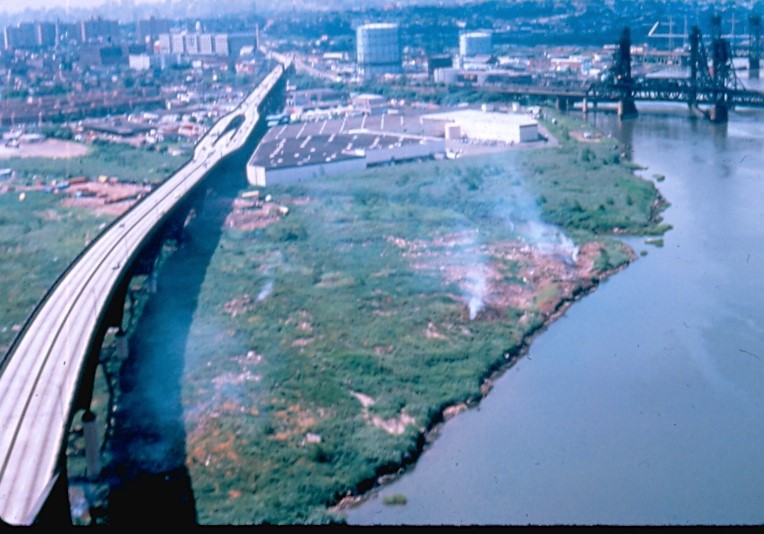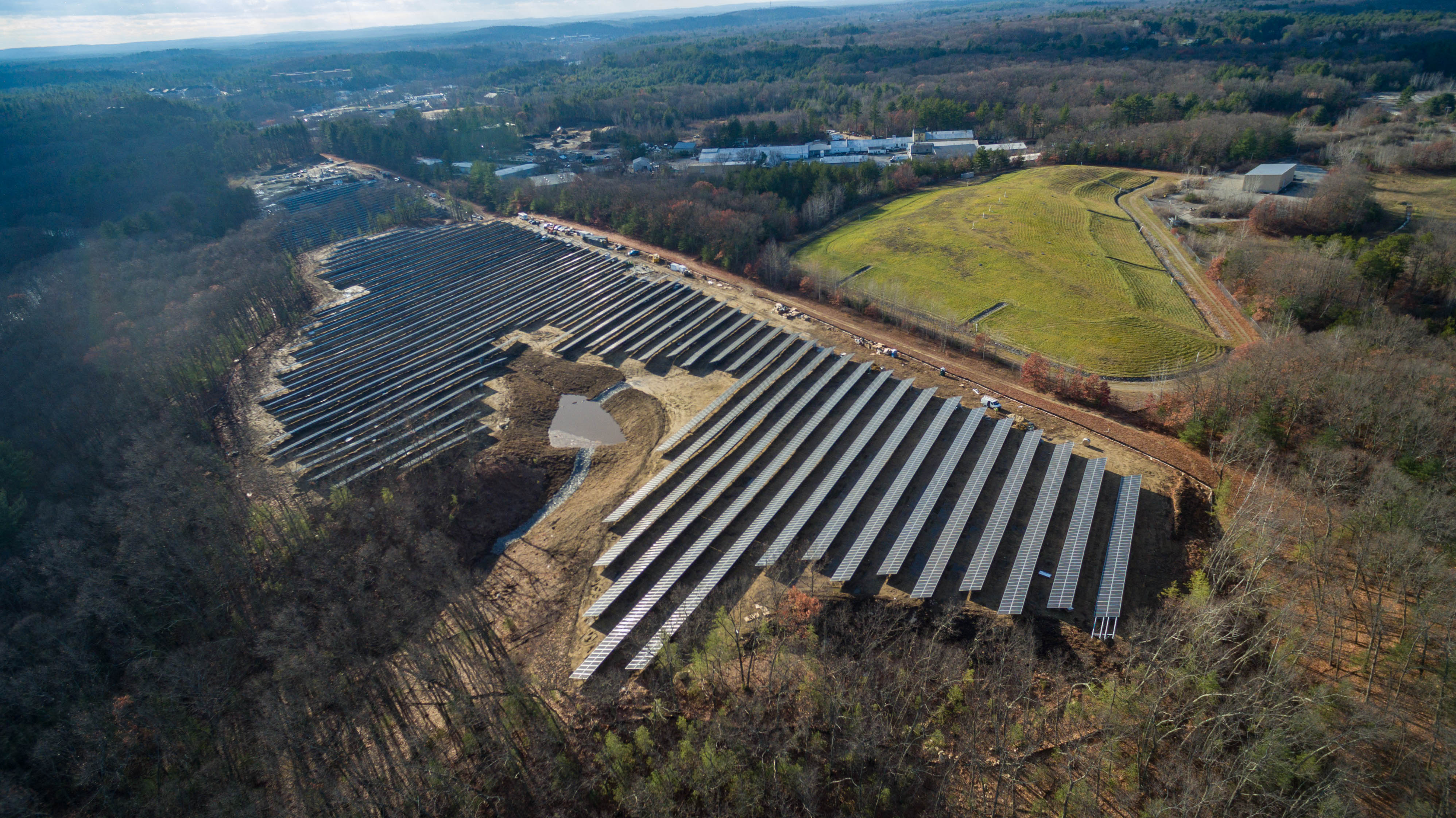EPA Celebrates 20 Years of Superfund Redevelopment
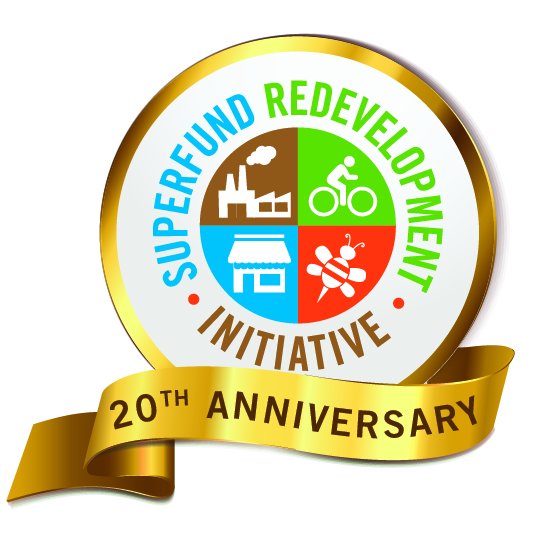
In 1999, EPA launched the Superfund Redevelopment Initiative with the goal of returning formerly contaminated lands to safe and productive reuse. Over the last 20 years, EPA has helped Superfund sites be safely reused and redeveloped into commercial, recreation, ecological and residential spaces while remaining protective of human health and the environment. Today, about 1,000 Superfund sites support new and ongoing uses.
Redeveloping Superfund sites can transform communities. EPA has helped communities turn Superfund sites into new parks, shopping centers, athletic fields, wildlife sanctuaries, manufacturing facilities, solar farms, residences, and new roads and infrastructure centers, to name a few.
20th Anniversary Report
EPA is sharing the achievements of Superfund Redevelopment in our 20th Anniversary Report. The report tells the stories of Superfund site transformations, highlights the nation-wide accomplishments in the redevelopment of sites, and discusses how Superfund Redevelopment helps communities turn formerly contaminated lands into valuable resources.
Economic Benefits of Superfund Redevelopment
Redevelopment stimulates local economies and the benefits nationally are immense. EPA has data on over 8,600 businesses at 529 sites. In fiscal year 2018 alone, these businesses generated $52.4 billion in sales, which is more than four times the amount EPA has spent at these sites. These businesses employed more than 195,000 people who earned a combined income of $13 billion.
Before & After - Superfund Transformations
Continental Steel Corp. - Kokomo, Indiana
Following cleanup, this former steel manufacturing facility hosts a range of facilities, including the Wildcat Creek Soccer Complex and a solar energy array providing enough energy to power 1,000 homes. Cleanup of Wildcat Creek allowed for flood mitigation and boat ramp access. Other redevelopment outcomes at the site include a stormwater retention pond, wind turbines, landscaping and road infrastructure improvements.
Havertown PCP - Philadelphia, Pennsylvania
At this former wood-treating facility, an 80,000-square-foot on-site YMCA facility now serves 24,000 members. Thoughtful remedial design resulted in a cap that contains contaminated soil and allowed for construction of a new storage facility on top of it. Five commercial businesses at the site generate over $9.3 million in annual sales. They employ over 400 people, providing annual employment income of over $14 million to the local community. Site property parcels have a total property value of $7.8 million and generate more than $14,000 in tax revenues.
PJP Landfill - Jersey City, New Jersey
PJP Landfill now hosts a state-of-the-art warehouse and distribution center after EPA and the state of New Jersey redesigned the cap to accommodate redevelopment. EPA recognized the New Jersey Department of Environmental Protection and Prologis Corporation for their efforts to redevelop the site.
W.R. Grace & Co., Inc. (Acton Plant) - Acton, Massachusetts
A Superfund Redevelopment reuse assessment for this former industrial manufacturing facility helped local stakeholders identify key reuse considerations for the site. After the site’s remedy was in place, the town of Concord acquired 70 acres of the site and installed a solar array. Construction of the array, which has 15,000 panels and produces 4.5 megawatts of power, finished in 2017. The array supplies the town with 4.5 percent of its annual power needs and powers the equivalent of 625 homes. The project’s second phase – a school bus depot – is up next. The depot will be powered by the solar array, with surplus power fed into the town’s energy grid. A third phase will focus on construction of a wastewater treatment facility on site.

